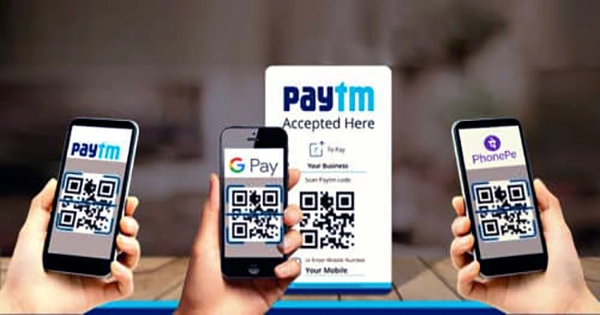In India’s congested and duopolistic UPI payments business, a new player is ready to enter. According to a person familiar with the situation, Bengaluru-based Slice, which became a unicorn late last year, expects to enable UPI payments for its consumers within weeks. According to the source and photos received by TechCrunch, the business is presently testing the new payment option within the company. According to the images, the firm is also updating the app to make UPI transactions more straightforward with a new in-app navigation flow.
Slice’s decision to support UPI, a payment mechanism developed by a group of banks, comes at an intriguing moment. UPI payments, which have become the most popular way for Indians to transact online today, are now led by Walmart-backed PhonePe and Google Pay, but a law slated to take effect shortly may compel them to give up some market share. The National Payments Corporation of India, which supervises the UPI ecosystem, is also striving to implement additional improvements that would level the playing field for UPI participants.
It’s working on a tool called digital mapper that would allow users to send money to one another without depending on virtual payment addresses by simply using their phone numbers. The regulatory body also intends to unify merchant payments on its platform by displaying all UPI alternatives at the checkout.
The NPCI’s upcoming intentions have piqued the curiosity of various industry participants, prompting them to reconsider their perceptions of the payments ecosystem. Tata Digital, an Indian conglomerate, is also aiming to include UPI functionality in its next app, according to numerous sources familiar with the topic. According to the first source, UPI support is part of a larger ambition for Slice to become the “super-app” for its younger demographic’s payment demands. Rajan Bajaj, the founder and CEO of Slice, said that the company planned to introduce UPI in the “coming weeks,” but declined to disclose.
According to a person familiar with the startup’s internal data, Slice has become one of the country’s top card-using businesses, dispensing roughly 400,000 cards every month. Slice has increased its products in the previous year, in addition to the rapid expansion of its card company, by widening its incentives and creating a card designed for the public. According to screenshots obtained by TechCrunch, it has also been internally testing social and microtransaction capabilities and has publicly stated its desire to develop a web3 identification platform.
“Jumping between identities, whether online or offline, has become second nature to us.” What if we take a step back and consider a single ID that can be used wherever and is completely under your control? Imagine an ID that can be used to take payments, do KYC, make investments, apply for a visa, hire a vehicle, or even create a unique link to all of your brand’s social media profiles online — all without being censored,” Bajaj wrote on LinkedIn last year. The UPI service from Slice will be the first to use &ID. Slice creates an NFT against users’ usernames when they join up for the UPI service.
Slice’s rapid development and aggressive aspirations, supported by Tiger Global, Insight Partners, and Blume Ventures, explain why investors are interested in the company. According to the source, the business is in early stages of discussions to raise a fresh investment round that will more than quadruple its valuation since its November funding round last year. A group of new investors is preparing to lead the round, although TechCrunch was unable to identify them. Bajaj has been tight-lipped about the startup’s funding attempts.














